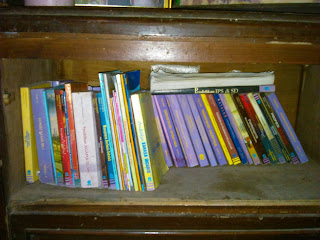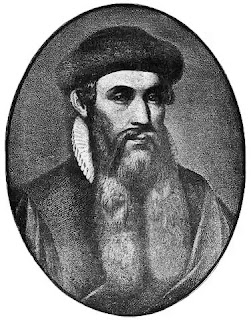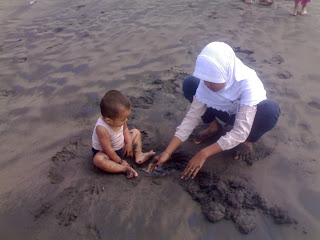Dorothy Law Nolte was an American writer and family counsellor - Children Learn What They Live. Child is a divine deposit which we must guard with all their heart and hard with him with a good education so that later became a devoted son to parents, religion, homeland, nation, and state.
The reality today, many children who are victims of moral depravity of people who are not responsible, the situation is very worrying, who else if not we as parents have to take care of early on.
Dorothy Law Nolte was an American writer and family counsellor. She wrote a poem on childrearing, "Children Learn What They Live," for a weekly family column for The Torrance Herald in 1954. Dorothy Law Nolte was born on January 12, 1924, in United States of America. Dorothy Law Nolte was died: November 6, 2005.
Here is the concept of educating children by Dorothy Law Nolte
Children Learn What They Live
By Dorothy Law Nolte, Ph.D.
If children live with criticism, they learn to condemn.
If children live with hostility, they learn to fight.
If children live with fear, they learn to be apprehensive.
If children live with pity, they learn to feel sorry for themselves.
If children live with ridicule, they learn to feel shy.
If children live with jealousy, they learn to feel envy.
If children live with shame, they learn to feel guilty.
If children live with encouragement, they learn confidence.
If children live with tolerance, they learn patience.
If children live with praise, they learn appreciation.
If children live with acceptance, they learn to love.
If children live with approval, they learn to like themselves.
If children live with recognition, they learn it is good to have a goal.
If children live with sharing, they learn generosity.
If children live with honesty, they learn truthfulness.
If children live with fairness, they learn justice.
If children live with kindness and consideration, they learn respect.
If children live with security, they learn to have faith in themselves and in those about them.
If children live with friendliness, they learn the world is a nice place in which to live

















